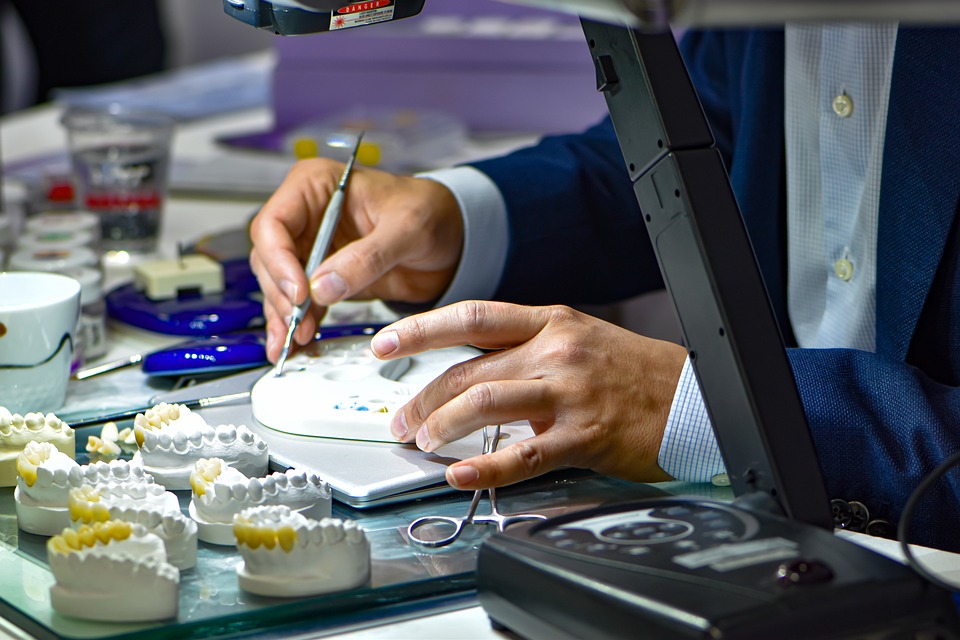
Laughing and smiling child is the most attractive and stands out of the entire group. The key to such an upbeat grin is healthy teeth. Yet part of growing is losing all the primary teeth and getting adult set. That’s not the only issue – tooth decay is a genuine issue for a child and their parents.
Tooth decay is the single most chronic childhood disease in the United States. According to the American Academy of Pediatric Dentistry, children who are regularly consuming sugary foods and liquids are at the risk of Early Childhood Caries (ECC).
ECC is an infectious disease in which one or more decayed teeth are present in a child of 6 years old. ECC can emerge in younger children and rapidly increase with growing child – causing great pain to the child. The rate of tooth decay in children is being prominent – One of the treatments is the use of pediatric crowns.
What are pediatric crowns?
A pediatric crown or generally referred to as the dental crown is a tooth-shaped cap which covers and places over a tooth. A cap covers teeth restoring lost or decayed teeth in children – giving strength and improving the aesthetic appearance of teeth.
When do children need pediatric crowns?
- A dentist might recommend a pediatric dental crown when the primary teeth on a child are at risk.
- A crown could save a tooth that has been poorly damaged by decay, and the dentist can’t support teeth by filling.
- To protect the child’s teeth, which are at high risk of decay, where the child can’t implement rigorous oral hygiene.
- To restore a broken tooth due to some mishap.
- To protect weak teeth – and hold cracked teeth.
Why pediatric crown matters to your child?
Teeth are an essential part of a body, and one’s aesthetic appeal. Of course, a growing child wouldn’t have perfect teeth. Yet decaying or a broken tooth could affect a child’s life in various ways. A child could go through pain due to tooth decay, which could eventually affect his/her school or social life. A pediatric crown would undoubtedly help to regain all the functional activities of the child’s mouth and regain their smile back!
What are the benefits of a pediatric crown?
- It would relieve a child from uncomfortable symptoms.
- It’s easy to place and has simple functionality.
- One can get a custom-designed crown.
- They are highly durable and strong.
- They can improve teeth appearance.
What are the different types of pediatric crowns?
Dentists frequently use five types of pediatric crowns: Stainless steel, composite, resin-veneered, polycarbonate, and zirconia ceramic. Each type of crown has its advantages and disadvantages according to a child’s needs. Dentists consider important factors choosing a crown type on durability, placement time, allergic conditions, adaptability of a kid, and cost.
- Stainless steel crown –
A most predominantly practiced crown for a child’s dental need. Stainless steel crowns are used for its durability and stay strong for a long time. Children prefer a stainless steel crown as it is shiny and increases its aesthetic purpose. Dentists prefer stainless steel crowns as placement is easy, and their hospital visit reduces – eventually letting go of the fear of a dentist. Stainless steel crown are low cost too.
- Composite Crown –
Composite crown also referred to as strip crown, is applied using hardening composite and clear plastic mold. This type provides explicitly only aesthetic restoration. It has comparatively low durability with moderate cost.
- Resin veneer Crowns –
By combining stainless steel with facing covered in white resin – fabricates resin veneer crown. It combines the strength and durability of stainless steel with the aesthetics of resin. The resin veneer crown closely resembles the real teeth. The placement of the crown is easy but could require the removal of teeth structure. Resin veneered crowns are much more expensive than other crowns.
- Polycarbonate crowns –
Polycarbonate crowns composed using acrylic resin shell, which is cemented by adhesive resin over a tooth. Polycarbonate crowns provide a tooth-colored and aesthetic restoration at a low cost. The placement is time taking and troublesome. This type is for the temporary placement of a crown. The durability of the crown is moderate.
- Zirconia ceramic crowns –
This type of crown forms of zirconium oxide with yttrium oxide stabilization. Zirconia ceramic crown forms a layer of porcelain structure on the outside. They are extremely strong and durable, have high aesthetic appeal. The placement of the crown might require more time than regular crowns. They are expensive than other types.
How are the crowns placed?
Placing of a pediatric crown is not a one day process. It involves a series of steps advised, according to the dentist. The first step consists of visiting a dentist. The dentist will examine the tooth and advise the further instructions. These involve in taking X-rays of the bone and surrounding teeth thorough inspection of gums. The dentist cleans the teeth during the procedure. This procedure takes 20 minutes or so.
The second step involves reshaping the tooth. Before the procedure begins – the dentist will anesthetize the tooth and gum around the tooth. Then the crown receiving tooth is reshaped along with the chewing surface and sides to make space for the crown. Reshaped are according to the type of crown used and fit. If the tooth is missing, the dentist will fill the space with fillings to support the crown.

After reshaping the tooth – the dentist will take measurements and impressions of the tooth using putty or paste. The dentist could use digital dental scanners to take the impression. The impression transfers to a lab, where the assistants fabricate the crown. It generally takes 3 weeks to manufacture the crown. The dentist will place a temporary crown to protect and cover the reshaped tooth – Until the next visit.
The third step is placing a crown over the tooth. The dentist will remove the temporary crown. If everything turns out well – local anesthesia shall be administered. The dentist will cement the crown permanently.
How to take care of the crown?
There is no such special care for the crown once placed. Pediatric crowns are durable and will last long enough. Every six months, children should visit the dentist for further care of teeth.

Parents must put their children into good oral hygiene. Though the treatments are expensive – one can always care for the teeth. The Center for Disease Control has issued various steps for keeping the teeth healthy and white. It is also necessary to follow the advice of the dentist after all the treatment.
Placing pediatric crown is a necessary treatment, and also there is no cause of fear for most of the parents to implement for their children. Children and their parents must follow up on all the prevention measures to avoid further teeth decay and other mouth problems. Get the smile back on your child’s face!








